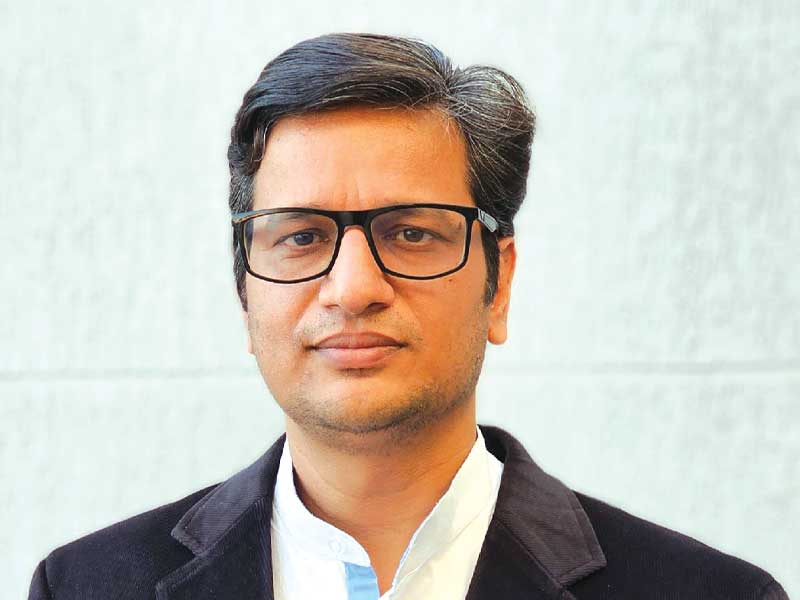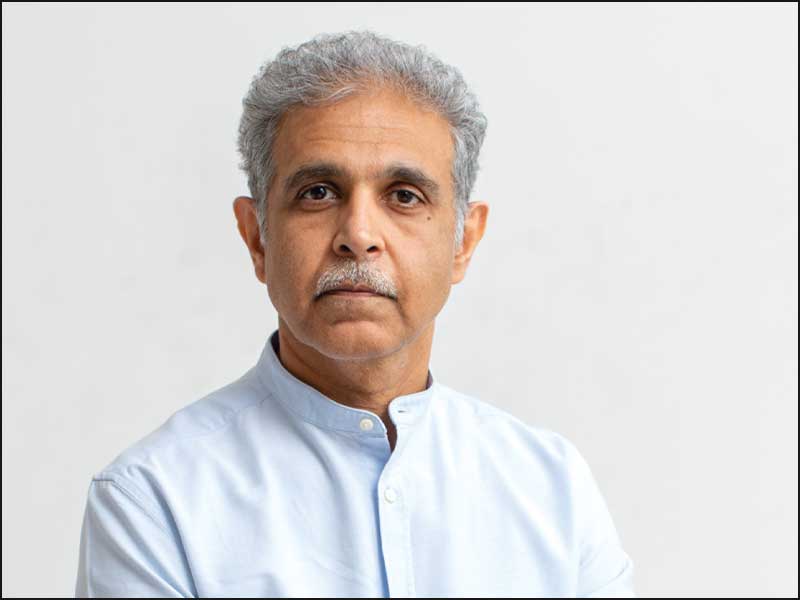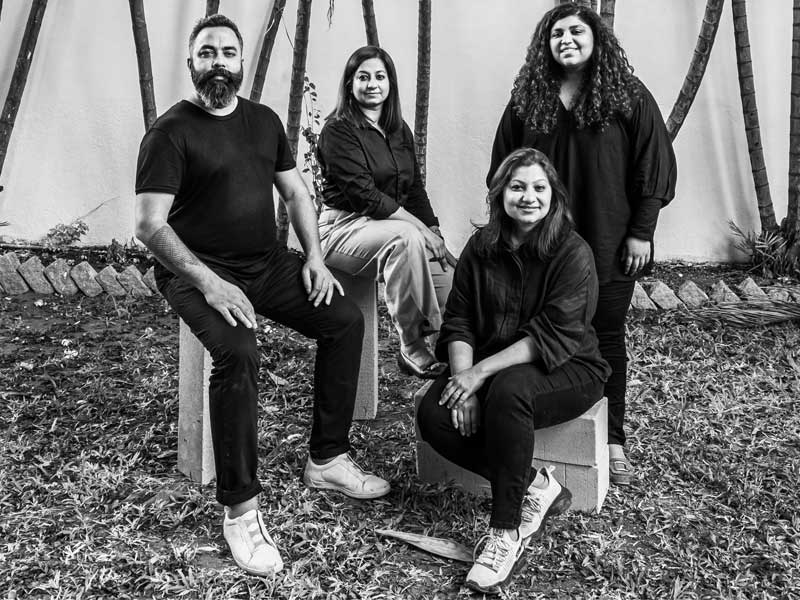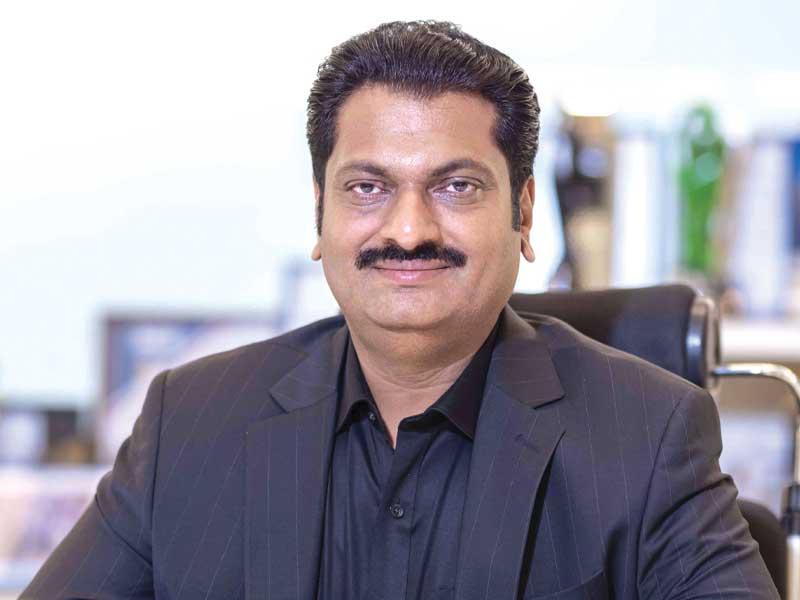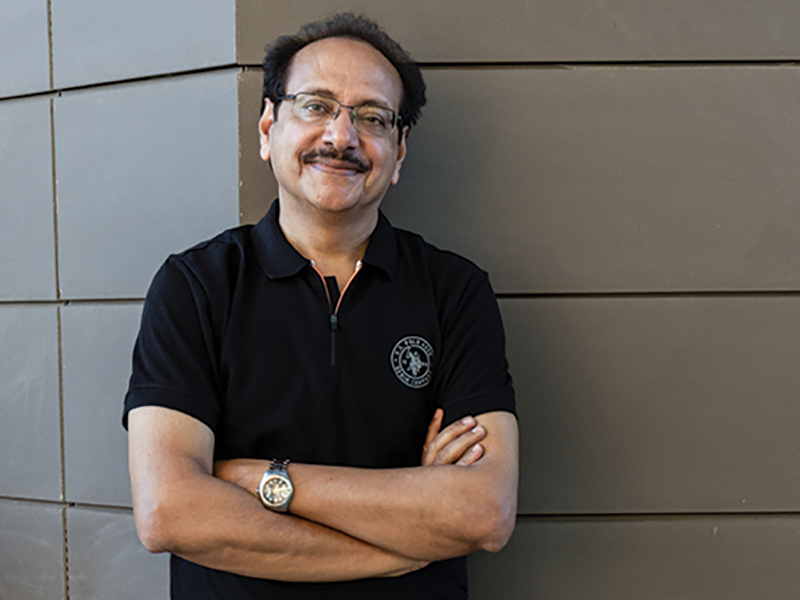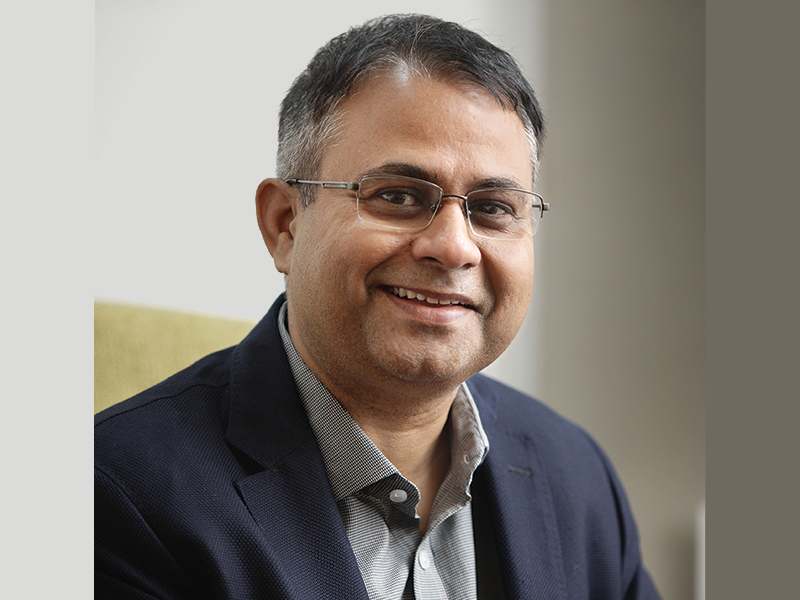
Alongside, it would be very apt to mention my tryst with the concept of genius loci by acclaimed educator and architect Norberg Schulz during my research and my subsequent lifelong love affair with it. In Roman mythology, Genius loci was the protective spirit of a place. In contemporary usage, it usually refers to a location’s distinctive atmosphere, or the spirit of the place. The concept has been discussed in modern architecture, but still is much underestimated. It states that ‘a house needs to be protective; a church needs to be solemn’. This has been the guiding wave in my approach and philosophy wherein I try to establish the same spirit/soul in the spaces that I create or recreate.
According to the latest studies in Neuroscience and Psychiatry, there is a tremendous psychological cost attached to buildings and health and well-being of the occupants, who are scientifically proven to be affected by the quality of the inhabited spaces. So more than building a marvel, it is imperative to study the wiring of the human brain, its instincts and responses to spaces to be able to design for the average human and its mindfulness in an already stressed-out society.
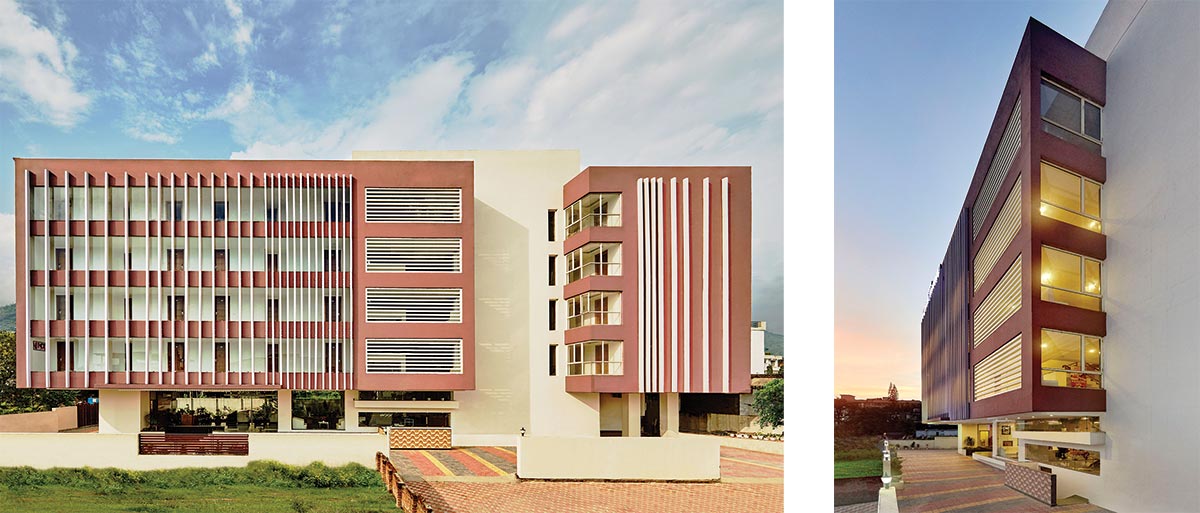
Garnering clues from studies on Cognitive Architecture and Biophilic design, we step into the picture and try to usher our way through the project. The word ‘Meraki’ is derived from the Greek word that means doing something with soul, creativity, or love; when you put ‘something of yourself’ into whatever you’re doing.

